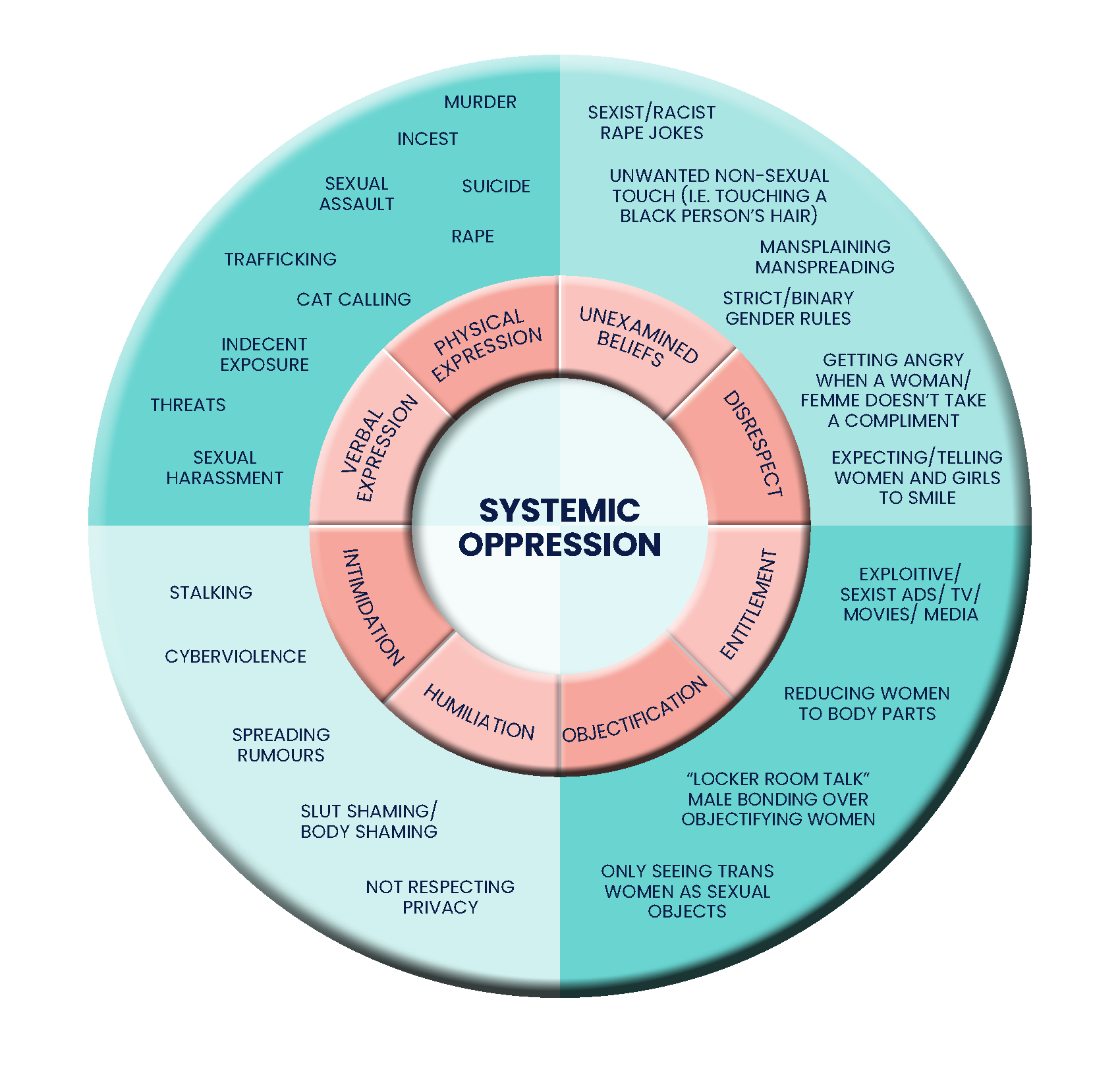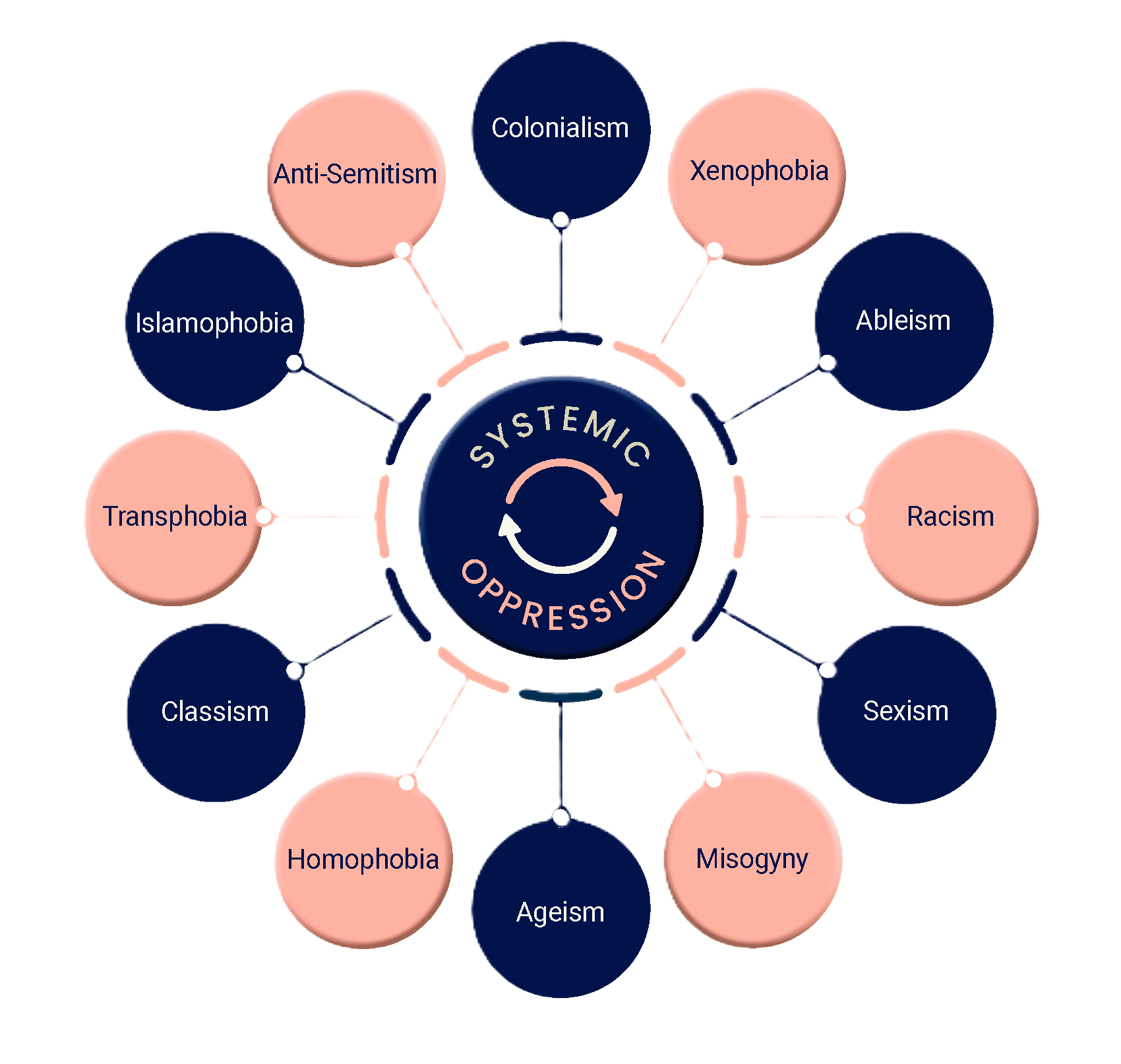What is Sexual Violence? Let’s Talk about Power
“If you are a person who is alive … in the world, you know a survivor of sexual assault. The extent to which women, men, and transgender people are sexually assaulted is unknown because of the elements of cultural silence, disbelief, and fear of more violence that surrounds rape.”
- Supporting a Survivor of Sexual Assault, UBUNTU* and Men Against Rape Culture (MARC)
*UBUNTU is a U.S. based movement “led by women of color and survivors of sexual assault, dedicated to creating a world without sexual violence”.
Power and Control
Sexual violence is violence. Period. It is a result of power imbalances that stem from gender inequality and systemic oppression.
The Power and Control model of understanding sexual violence identifies power and control as the goal of all of the tactics of abuse. Victims’ experiences consistently indicate that the behaviour of the perpetrator is not random or arbitrary, but purposeful and systematic. The goal of abusers’ behaviour is to exert control over the victim/survivor. This goal reflects their belief that they have a right and entitlement to control the victim/survivor. The various forms of abuse, the different behaviours as outlined below, are used as tactics of control. These tactics can be in person, or virtual.
Click on the icons below to learn more about power and control.
Systemic Oppression
While sexual violence is often perpetrated by individuals against other individuals, it also exists on a societal level. It is a result of power imbalances that stem from gender inequality and other forms of systemic oppression. Systemic oppression is a series of barriers that disadvantage particular groups of people (based on race, religion, gender, sexual orientation, ability, class, age, immigration status etc.) enforced through systems such as laws, institutions, and social norms.
Systemic Oppression Interactive Graphic
Reflection Activity:
After watching the Introduction Video, reading the page above, reflect on these questions and click on the notes button below to add your thoughts. These questions can help you explore your thinking.
- What stood out as you viewed the video, quote, and graphics?
- What surprised you?

